
Here are five things you should know about the Panthéon in Paris. Beautiful and grand, it is located in the heart of the Latin Quarter and it is a reflection of France´s tumultuous history. Today it still stands as a place of tribute to the great French men and women.
1 . Initially it was a Christian temple
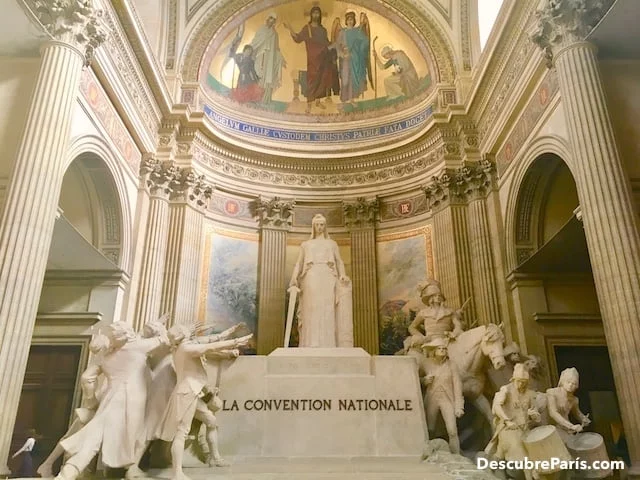
In the year 508, on this hill, King Clovis built a basilica as tribute to the apostles, and it was meant to house his remains after his death, as well as his wife´s and those of Saint Genevieve. Later, when King Louis XV was gravely ill he sent for the construction, in 1744, of a prestigious monument dedicated to the patron saint of Paris, Saint Genevieve, since he believed the saint had cured him. It was also done as a way of earning goodwill among the citizens and have a monument that would symbolize his time as King. This is why it was first known as a Christian church.
2 . It turned into a civilian monument after the Revolution
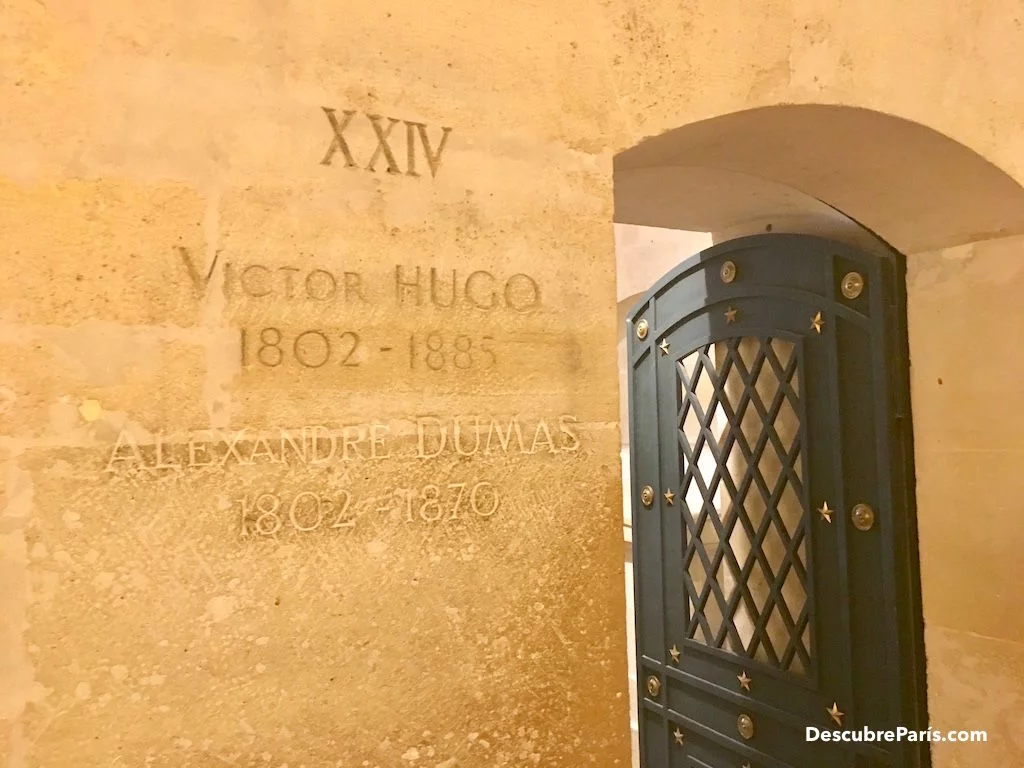
After all the changes that took place in France post-French Revolution, this building also changed into a place of civilian use. Victor Hugo was the first literary figure to be buried there in 1885. It must be said that this building, as well as all transformations it went through, had strong political motivations that remain even today. Its main purpose now is to house the remains of people who made important contributions to French ideals, from the sciences (with Pierre and Marie Curie) to literature (with Victor Hugo, Emile Zola, among others), and philosophy and politics (with Voltaire and Rousseau) just to mention a few. There are even some modern political figures such as Simone Véil, a defender of women’s rights and the European Project. The President of the Republic is the one who decides who gets to rest for eternity in the Panthéon.
3 . It was a technical feat in its time
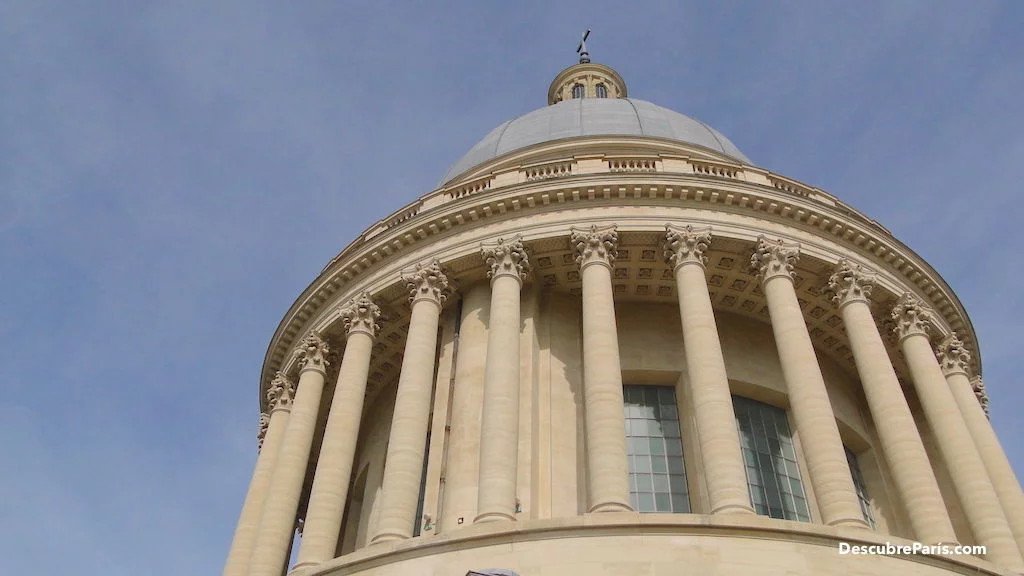
The giant, 15,000 ton dome is made up of three different stone domes on top of each other, one inside the other; they all rest on four pillars and it was a technical and mathematical achievement for its time. It mixes Greek temples, Christian sanctuaries, and humanism. It was a creation of architect Jacques-Germain Sufflot, who was a leading edge figure during the Age of Enlightenment. Sufflot was one of the first people to study the Greek temples remaining in the south of Italy and breaking with the ornamental traditions of his time.
4 . The Foucault Pendulum is found inside
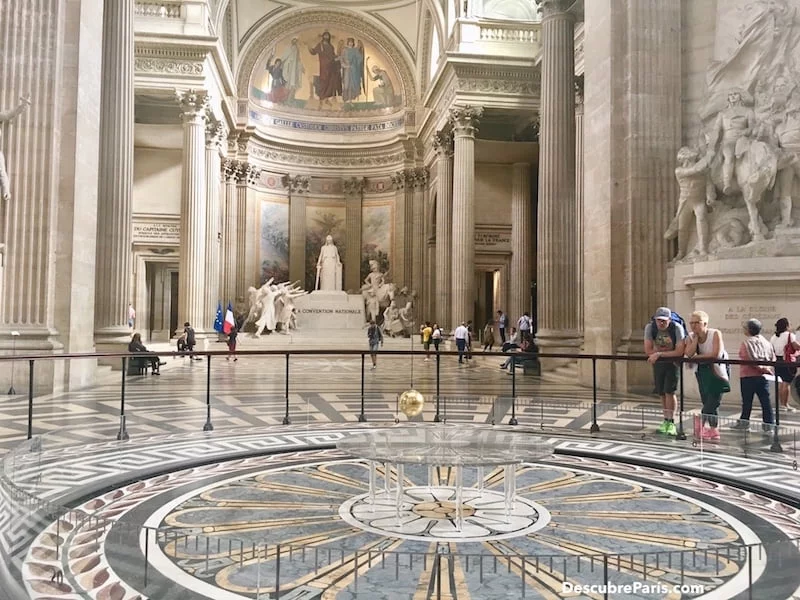
Léon Foucault is a French physicist who was authorized in 1851 to set up a pendulum that hangs from the dome and demonstrates that Earth rotates on its own axis. This instrument is located in the center of the building and allows us to witness how the pendulum isn’t really turning but is the earth the one that rotates. To see this there are markings around a circle that signal how the position of the pendulum changes a certain number of degrees every hour, according to a quadrant. Fans of math and physics will enjoy this.
5 . You can go all the way to the top
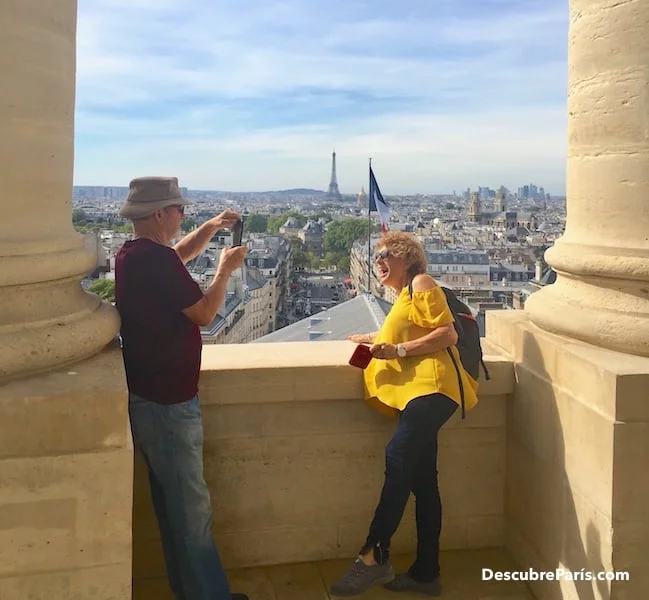
Between April and October, and paying an extra fee of 3€, you can access the outside columns of the Panthéon in Paris. There are 206 steps and they are divided in three separate flights of stairs.
After the first flight you can see the inside from above, as well as its amazing proportions. Then you can access a mezzanine that will give you interesting views of the Rue Soufflot, the rooftops of Paris, and the Eiffel Tower. Lastly, if you go through a pair of slightly hidden doors (you can see them from the ground floor) you get to the outside columns where you get a 360° view of Paris. We highly recommend it.
Important fact: Who was Saint Genevieve?
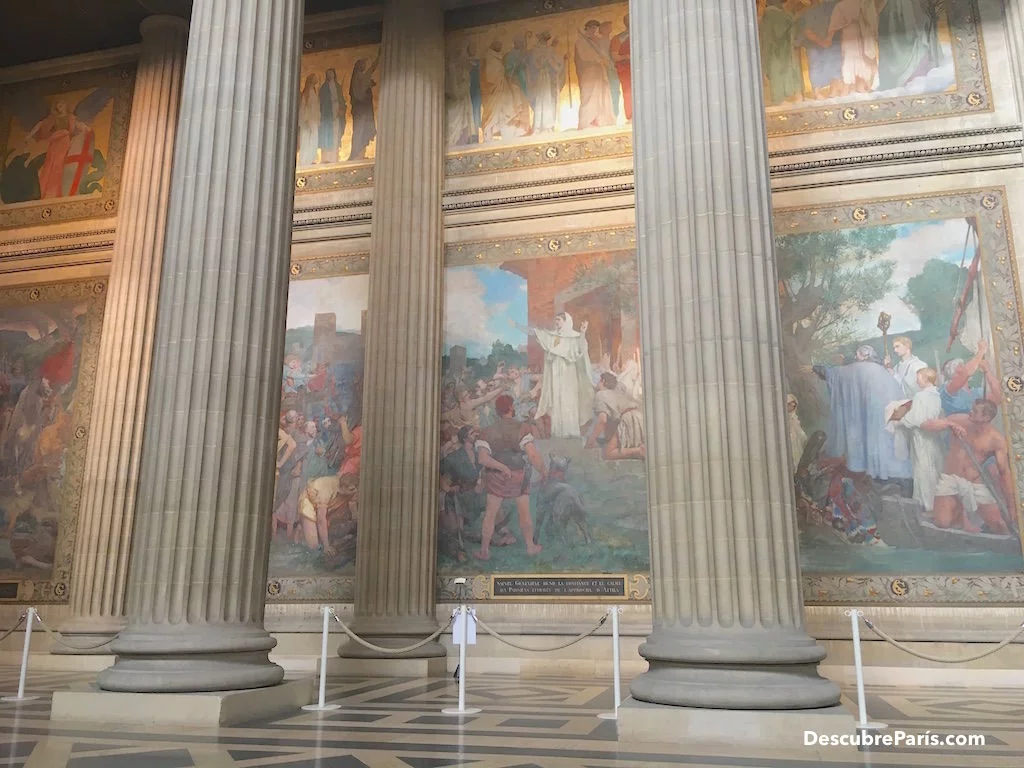
Saint Genevieve is the patron saint of Paris, she was an impassioned Christian, often described as a peasant who became part of history towards the end of the Roman domination. In the year 451 Genevieve urged the people to pray and resist the Huns that were circling Lutetia. Thanks to her, Attila is defeated. When she died, in 502, she was buried close by, on top of that famous hill which was considered a sacred place and the center of the city.
Above her grave a small oratory was erected, this became a place of pilgrimage. In the year 508, King Clovis has a basilica built, as a tribute to the apostles, in the same place as the oratory and asks that he be buried next to the Saint who inspired his decision to change the capital of the Kingdom to Lutetia.
She is closely tied to the history of France and precedes Joan of Arc. Just like her, Genevieve represents the ideals of freedom and resistance that the Third Republic advocated for at the end of the Siege of Paris, this is why she is such an important figure within the Panthéon. In the main fresco inside the dome she is immortalized next to kings and emperors.
A suggestion from Descubre Paris:
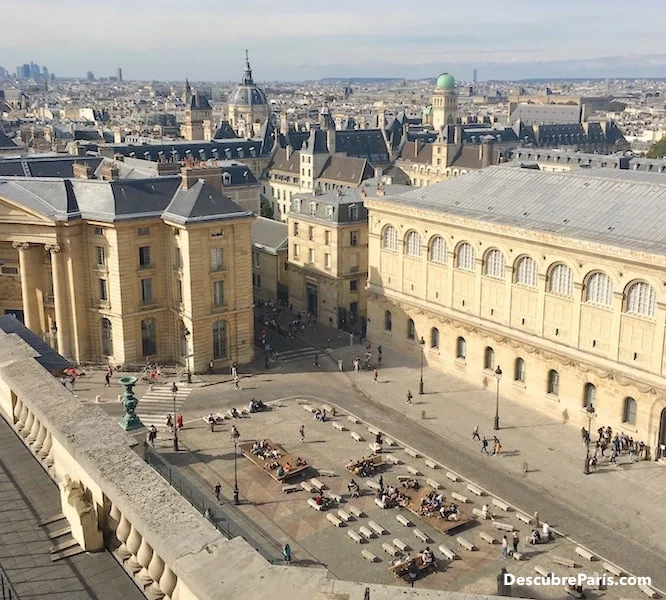
Whether or not you have time to go inside the Panthéon in Paris, we suggest you find the benches that City Hall has placed around the building. Some are giant slabs of stone and others are wooden benches carved with the names of 200 women who have made important contributions to different areas of knowledge but erased by history. You can take a little break by the Sorbonne, the 5th arrondissements City Hall and taking in the beautiful architecture of the Panthéon.
Practical information for visiting the Panthéon in Paris:
This is some good information to have, remember that it may change due to events being held at the Panthéon. For more information go to the official website.
Location: Place du Panthéon, arrondissement 5, at one end of the Luxembourg Gardens.
Schedule: open every day from 10:00 a.m.- 6:00 p.m., except on January 1st, May 1st, and December 25th. Between April and October it remains open until 6:30 p.m.
Price: Adult access costs 11.50€. It is free of charge for people under 18 year of age, and for people between the ages of 18 -25 who are residents of the European Union as well as people with disabilities with one attendant.
Access to the top part of the Panthéon will be 3€ extra and the audio guide is also 3€.
Access: You can get there by metro, Line 10, the RER B, or by bus with routes 21, 27, 38, 82, 84, 85, and 89. Get our ready-to-download Detailed Guides, available in our online shop, so you can enjoy your Paris visit without wasting any time.
Paris is waiting for you.
A bientôt

